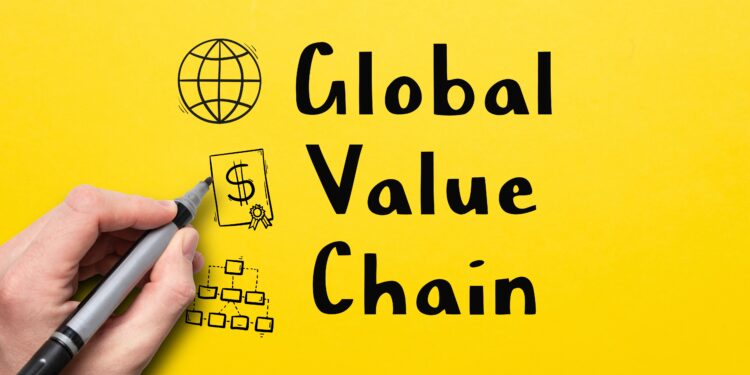A typical company’s value chain creates far greater social and environmental impact than its own operations, with supply chains of many organizations accounting for me than 80% of their greenhouse gas emissions.
While reporting measures like Scope 3 emissions are becoming more common, a lot of organizations are still grappling with ways to gain a full picture of their value chain and incentivize action in a way that will support both business and sustainability goals.
Finance professionals have access to unique levers that can incentivize change and therefore have a vital role to play in driving action across the whole value chain. These include direct financial levers such as procurement processes, influencing through their own operations, knowledge sharing and collaboration.
The A4S Essential Guide to Incentivizing Action Along the Value Chain provides a framework to help finance professionals map their value chain, identify their stakeholders, assess risks and opportunities and understand the right levers to use to support action. It includes examples of incentivizing in action to demonstrate how these levers can be applied in practice.
Section 1 – Mapping the Value Chain and Prioritizing Areas for Action
Step 1: Define your Organizational Value Chain and Boundary
What is a Value Chain?
A value chain is not just a supply chain. It is a wider network which covers your interactions with key stakeholders such as investors, rights holders, customers, suppliers, employees, contractors, non-government organizations (NGOs), regulators and host governments critical to the success of your organization. It also includes the communities in which you operate, including neighbours, local businesses, Indigenous Peoples and landowners. Frequently, organizations are also involved in partnerships, which can include multiple members of their value chain.
Step 2: Identify the Key Sustainability Risks and Opportunities in Your Value Chain
A good starting point would be to consider the sustainability risks and opportunities already identified for your organization both in the short and long term. It is likely that some of these risks and opportunities sit either directly or indirectly within your value chain. The location of the sustainability risks and opportunities will vary between sectors. Their magnitude will depend both on the nature of the specific issue and where the risk or opportunity sits.
Step 3: Review Key Relationships
Group Stakeholders and Consider the Need for Subgroups
Once you have understood your value chain, set your boundary and analysed the associated sustainability risks and opportunities, you should consider how these risks and opportunities relate back to your key stakeholders and communities. An important first task is to group stakeholders with a similar sustainability profile, which is likely to be by industry or geography. Consider the need for subgroups because even organizations that appear similar may, following a deeper analysis, present with very different risk profiles as a result of their own value chain exposures. These groupings can make it easier to identify areas for action.
Step 4: Identify Priority Areas for Action
Once you have mapped your value chain, identified your sustainability risks and opportunities and reviewed your key relationships, it is time to prioritize areas for action. This should be based upon:
- Size of relationship within key stakeholder groups, eg largest suppliers by spend/ quantity, most significant customer base
- Material sustainability impacts/dependencies and risks/opportunities
- Level of sustainability maturity within key stakeholder groups
- Degree of influence/control
Step 5: Re-evaluate
Mapping and prioritizing the value chain is often an iterative process. Once it is complete, we recommend reviewing the output to see if later steps could change the decisions you made in earlier steps.
Section 2 – Incentivizing Action
Introduction
Now that you have mapped your value chain, the associated sustainability risks and opportunities and your priority areas, you can determine the best way to incentivize action. The most effective levers will vary depending on the nature of the stakeholder relationship and the level of control or influence you have.
It is helpful to think of different categories of levers, such as:
- Direct financial levers
- Influence
- Information and knowledge sharing
- Collaboration
Access the full Guide to Incentivizing Action Alone the Value Chain here.












